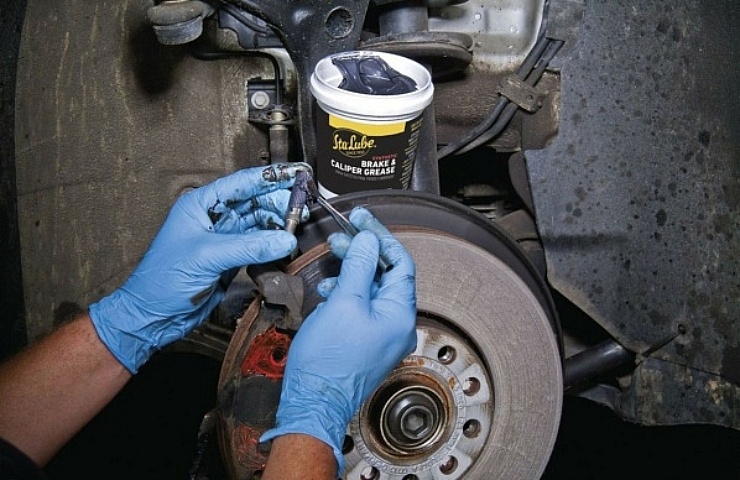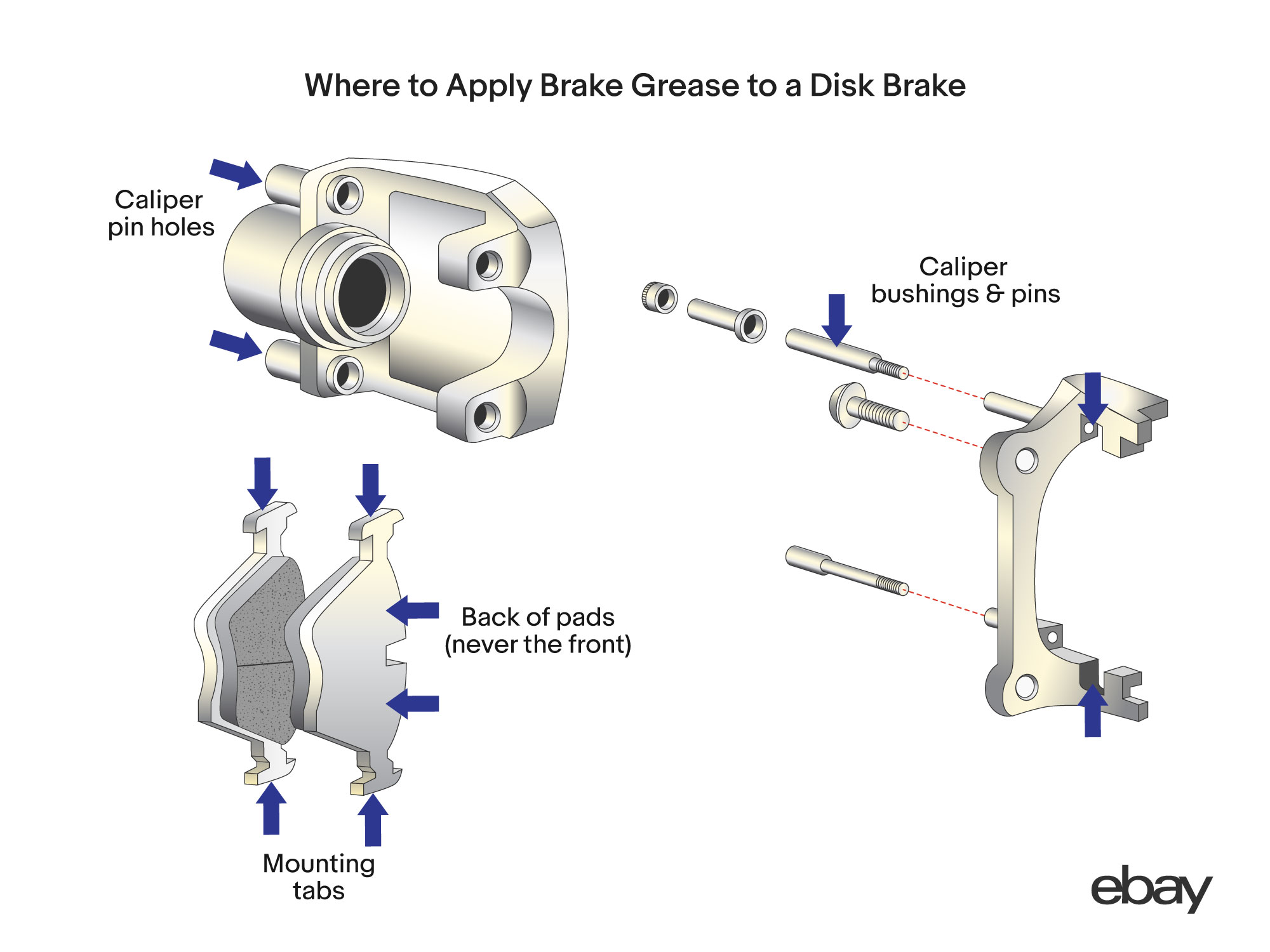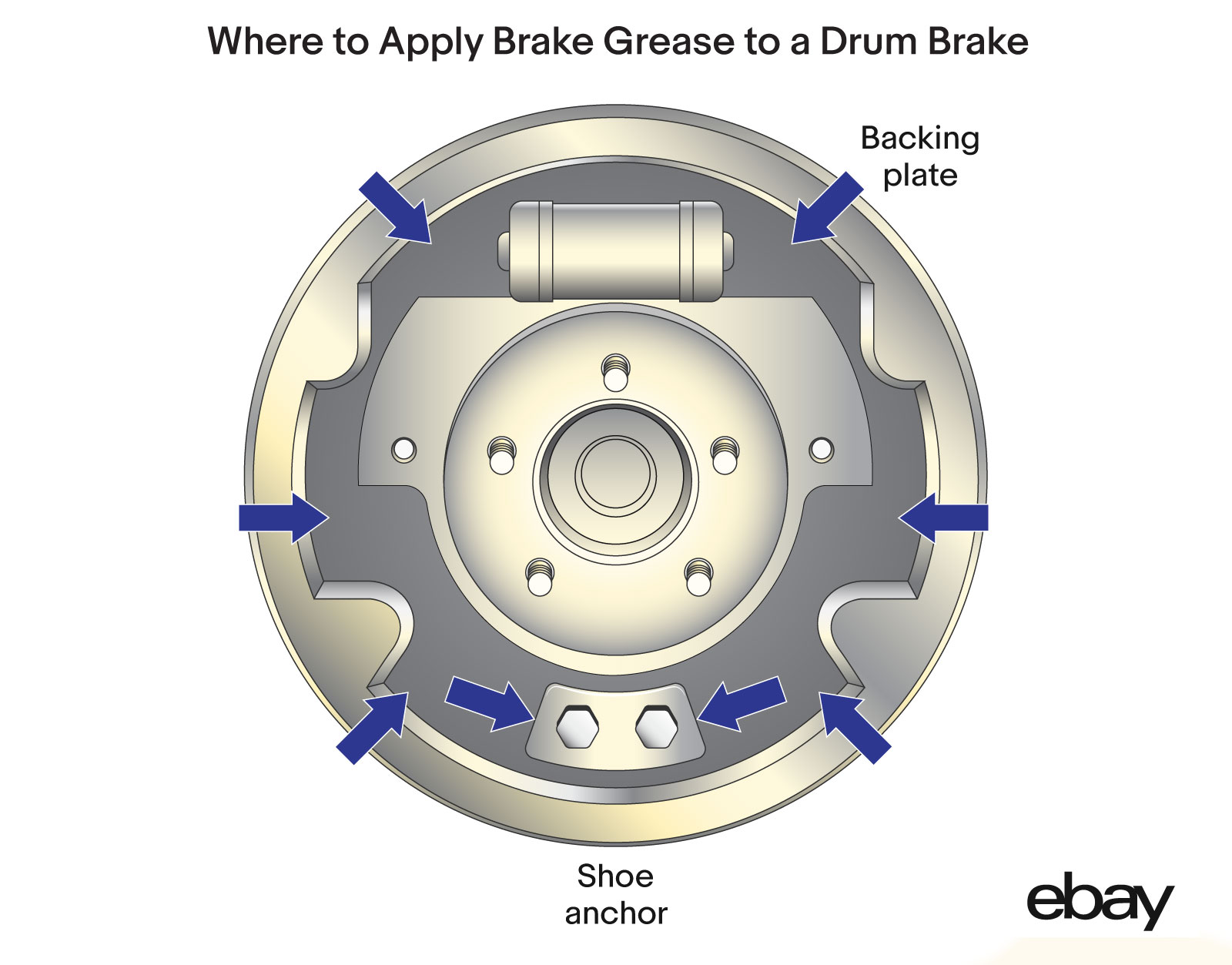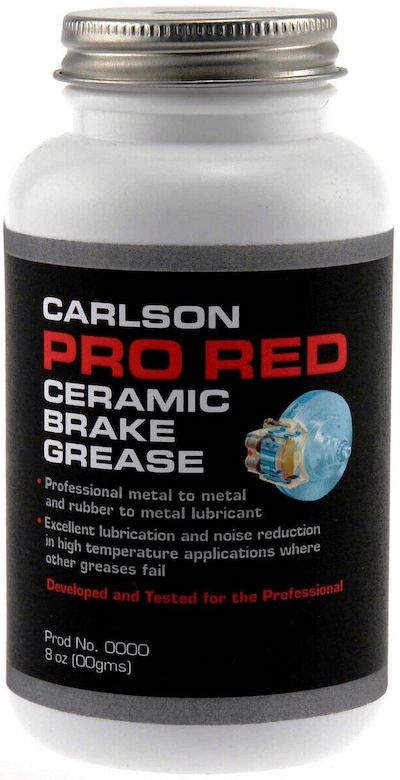Contents
Greasing braking pads may seem counterintuitive because friction is required. But when done right, it makes a big difference. That said, using the correct lubricants and applying them in the right areas is essential. Otherwise, you could lose stopping power. You should never apply brake grease to the friction surface of the brake pads or shoes.
Shop now for brake greaseThe other benefit of brake lubricants is to reduce screeching, squealing, and other noise. If you are experiencing a noisy ride, a little lubrication can be helpful.
What Is Brake Grease?
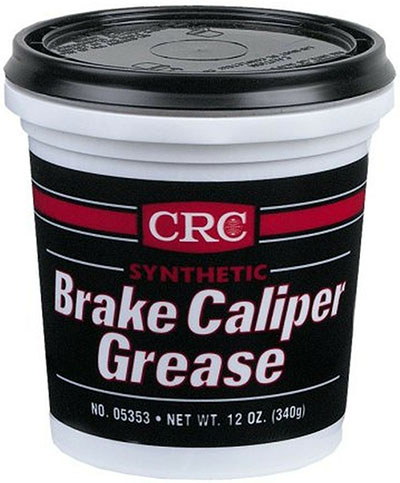
When lubricating metal-to-metal parts, you want a dry film lubricant that contains graphite or molybdenum disulfide. However, always use a synthetic, non-petroleum, or silicone-based lubricant when dealing with plastic and rubber pieces.
Is Brake Pad Grease Necessary?
Many people drive their cars without applying any lubrication to the brakes. That’s fine, but it will likely lead to more pad wear and tear.
Meanwhile, when done correctly, greasing brake pads and calipers enhances the system’s performance. Because brakes have many moving parts, lubrication is critical to keeping everything running smoothly. Even new brakes should be greased. It would be best to lubricate all the sliding or moving components for a noise-free ride. Grease also helps you get all the stopping power out of the car.
Shop now for brake padsHowever, it’s not necessary to slather on the grease. A thin layer is all that’s recommended.
What’s the Proper Technique for Greasing Braking Pads?
It’s essential to know how and where to apply brake grease. It shouldn’t be put all over the brake system. That could be dangerous. Instead, you want to place the grease carefully in select points.
Disc brakes are entirely different from drum brakes. You won’t be able to grease the two the same way. Here are some general guidelines to follow.
- Don’t put the lubricant on the rotors.
- Never apply grease to the inside of the brake pads where contact occurs. This action causes brake failure.
- Put a small amount of lubricant on the small screws holding the caliper in its position.
- Grease the bushing that moves the caliper back and forth.
- Place some lubricant on the area of the caliper riding along the mount. If there’s any wear or tear to the site, perform a light sanding first.
Most importantly, you want to apply grease anywhere metal touches metal, aside from the pad itself. Using a thin layer of lubrication keeps the brake parts from seizing.
Lubricating Drum Brakes with Grease
- If your car uses drum brakes, the application rules are slightly different.
- Don’t place grease in the drum where the shoes make contact. This lubrication causes brake failure.
- Only apply the grease to the backing plate. If there’s wear, lightly sand the area before using the lubricant.
- You can lubricate the adjustable star-wheel separating the shoes. This lubrication keeps the parts from freezing up.
- Put a small amount of grease on the separator. It’s located halfway up the shoe.
- Grease all metal-to-metal components other than the pads.
It’s also possible to grease the parking brake cable and the linkage. Most parking brakes work off of the rear brakes, which can include a drum setup.
Tips for Applying Brake Lubricant
Aside from paying attention to where you put the lubricant, follow these helpful tips.
- The brake pads can be rusty if you live in a climate that sees road salt or humidity. Before applying lubricant, it’s a good idea to clean up the rust and grime.
- Sandpaper or a metal file helps get rid of brake rust. Only sand the brakes until the rust is gone.
- Once you are done sanding the brakes, use brake cleaner. Spray the entire assembly down to remove impurities.
- While you spray the brakes with cleaner, place a bucket under where you are working to catch the drippings. Remember to dispose of this debris properly.
- You don’t need a lot of lubricant to work. The product comes in a small tube or bottle. If you are comfortable putting it on with a gloved finger, that’s precise. You can also use a wooden tongue depressor or stick.
- It’s worth repeating this advice. Don’t over-lubricate the brakes. The additional grease could travel and end up where it shouldn’t be.
It’s always best to apply grease when new brakes are installed. With every replacement, apply a small amount of lubricant to ensure all metal parts continue to work as intended.
Shop now for brake grease
